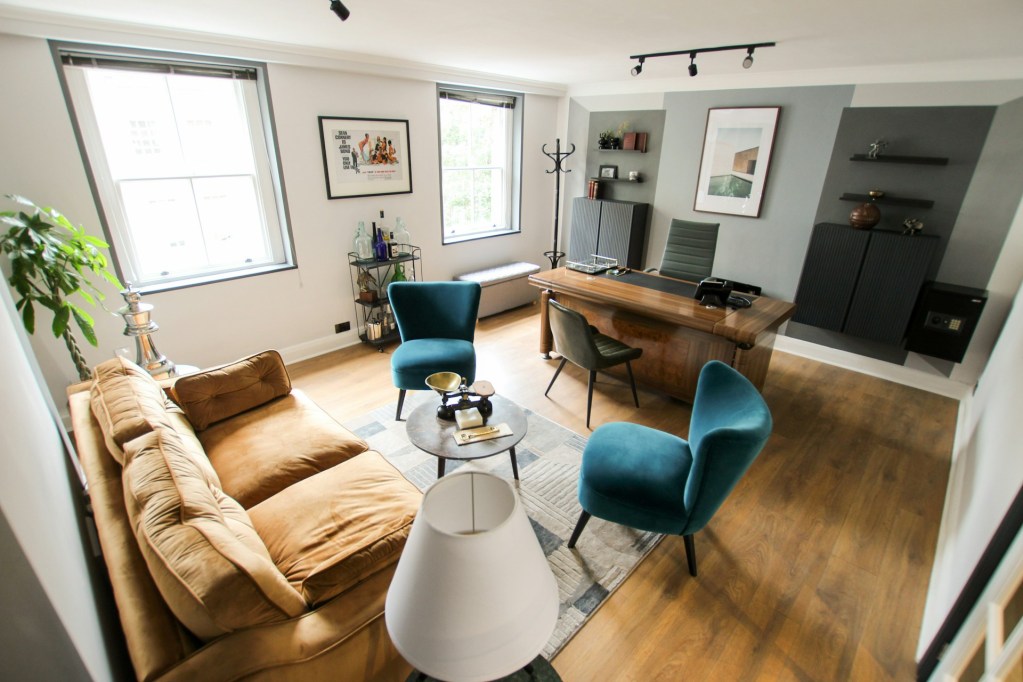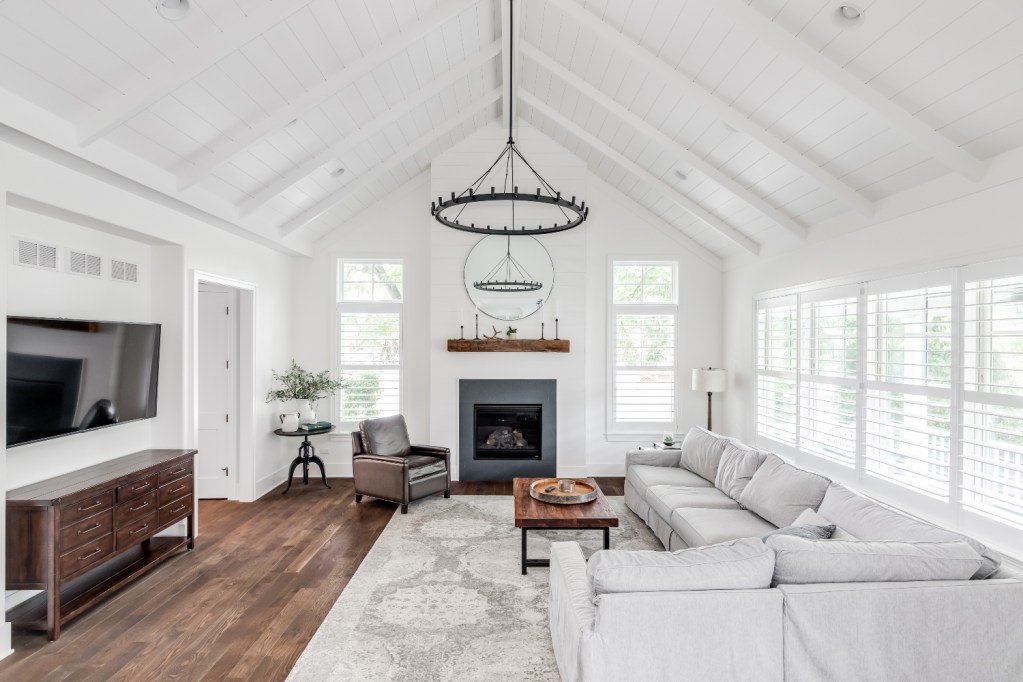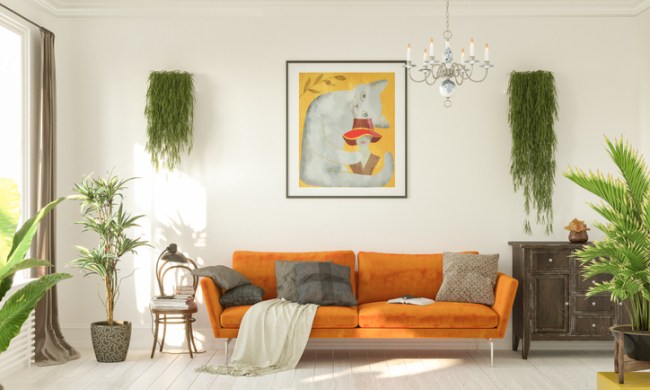When designing or furnishing your home, you may find yourself wondering about the difference between a living room vs. family room. While the two spaces may seem interchangeable, they actually serve different purposes and can impact the overall feel of your home. Understanding their distinctions can help you make better design and functionality choices for your living space.
What is a living room?

The living room is often considered the more formal space in a home. Traditionally, it’s located near the front entrance, designed for receiving guests and hosting special gatherings. Unlike other rooms in the home, the living room prioritizes aesthetics and sophistication.
One common debate in living room design is the terminology of sofa vs. couch. While the words are used interchangeably, “sofa” is often associated with a more formal, elegant seating arrangement, which is fitting for a living room. A well-styled living room typically features a chic sofa, accent chairs, a coffee table, and carefully curated decor to create a polished, inviting atmosphere.
This space is where homeowners showcase their best furniture and decor. Think of it as a room where design takes center stage, often reflecting a more curated, elegant aesthetic.
What is a family room?

A family room is designed for everyday relaxation and casual gatherings. Located closer to the kitchen or in a separate wing of the house, the family room is meant to be a cozy, comfortable area where the household can unwind, watch TV, or spend quality time together.
Unlike a living room, a family room often has a more relaxed feel. This is where deep-seated couches come into play. Large sectionals, oversized throw pillows, and plush blankets create a welcoming, laid-back environment.
Since family rooms cater to daily activities, they also tend to include entertainment systems, bookshelves, and storage for games or toys, making them a hub for relaxation and fun.
What’s the difference between a living room, a family room, and a den?

While living room vs. family room is a common debate, many people also wonder how dens fit into the mix. The main distinctions between these three spaces lie in their formality, function, and location within the home.
- Living room – Formal space for guests, often near the front entrance, featuring carefully curated furniture and decor.
- Family room – Casual space for daily use, located near the kitchen or a separate part of the house, often including a TV and entertainment features.
- Den – Typically a smaller, more private space that can serve as a cozy reading nook, home office, or study. Unlike a family room, a den is not necessarily a high-traffic area and may have more flexible uses. Additionally, a den often has a door that closes it off from the rest of the house.
While some homes may have all three, others might combine elements of each into a multifunctional space.
How to decorate a living room vs. family room

Because living rooms and family rooms have different purposes, their design styles should also reflect these differences.
Living room decor
- Furniture: Choose elegant pieces, such as a tailored sofa, statement armchairs, and a chic coffee table.
- Color scheme: Stick to sophisticated and timeless hues like neutrals, muted blues, or rich jewel tones.
- Lighting: Incorporate stylish chandeliers, wall sconces, and statement floor lamps.
- Decor: Opt for tasteful artwork, sculptural elements, and curated books to create an inviting but refined atmosphere.
- Layout: Arrange furniture in a way that promotes conversation and maintains a sense of openness.
Family room decor
- Furniture: Comfort is key — large, cozy couches, recliners, and plush rugs create an inviting space.
- Color scheme: Warmer, more relaxed tones like soft grays, beiges, or earthy shades contribute to a welcoming feel.
- Lighting: Use soft, layered home lighting such as floor lamps and dimmable ceiling lights for a cozy ambiance.
- Decor: Add personal touches with family photos, kids’ artwork, and functional storage solutions.
- Layout: Arrange furniture for maximum comfort, often centering around a TV, fireplace, or bookshelf.
By keeping these elements in mind, you can ensure your living room and family room each serve their intended purpose while still complementing the overall design of your home.
Living room vs. family room: Which does your home need?

Whether your home should have a living room, a family room, or both depends on your lifestyle and space availability.
- If you love entertaining – A formal living room may be beneficial, providing a sophisticated space to host guests.
- If you prioritize comfort – A family room is a must, as it serves as a functional and cozy everyday retreat.
- If space is limited – You might need to combine both rooms into one multipurpose area, balancing stylish decor with comfort.
- If you have a large home – Having both a living room and a family room allows you to maintain a polished space for guests while also enjoying a relaxed, everyday retreat.
For families with children, a family room is typically the better option. However, if you enjoy hosting formal gatherings or showcasing well-curated design, a living room might be more appealing.
Understanding the distinction between a living room vs. family room can help you make better design and functionality choices for your home. While the living room offers a polished, guest-friendly space, the family room provides a relaxed and comfortable environment for everyday life. Whether your home includes one or both, designing with purpose ensures each space reflects your lifestyle and aesthetic preferences.




